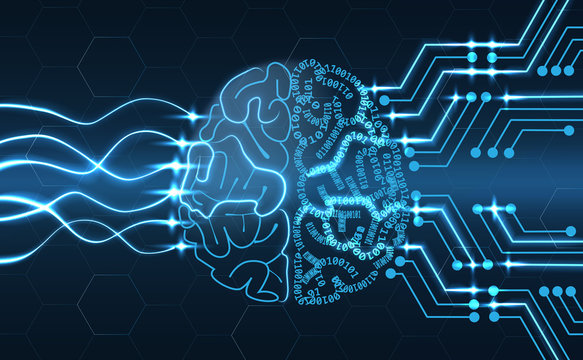The world of technology is experiencing a record-breaking upheaval in 2025, as more than 100,000 workers are let go from top corporations such as Google, Microsoft, TikTok, Intel, Siemens, and UPS. The spate of layoffs mirrors a turbulent mix of economic unpredictability, forceful automation, and the fast-evolving move toward artificial intelligence. Experts are cautioning that as tech firms cut back on conventional jobs, they are also redefining the future of employment in the digital age.
Technology giants are now focusing on AI research, machine learning, and cloud computing skills—transforming their workforce needs substantially. Google and Microsoft, for example, have reduced activities in traditional departments while investing billions into AI innovation facilities. Intel, on the other hand, is overhauling its semiconductor segment to remain competitive with AI chipmakers such as Nvidia, with thousands of positions lost in manufacturing and R&D divisions. UPS and Siemens, traditionally logistics and industrial players, have also announced automation-led restructuring, echoing a similar trend.
This across-the-board downsizing is not just a cost-cutting initiative—it’s a fundamental realignment. The post-pandemic boom created ferocious hiring binges in tech and logistics firms, which are now being reversed. Executives point to shrinking profit margins, increased operating expenses, and the imperative to “future-proof” their enterprises in a high-tech economy. But this strategic turnaround comes at the expense of employee stability, and increasingly anxious tech professionals around the world are suffering the fallout.
Even with the dire statistics, there’s a silver lining for professionals who specialize in AI, cybersecurity, data science, and cloud architecture. As the old jobs disappear, new ones take their place—so workers who reskill rapidly could end up still securing high-paying jobs in the changing landscape. The next two to three years could shape a new world order in the world of technology employment, with leaner, smaller-sized teams delivering quicker innovation through automation and machine learning.









